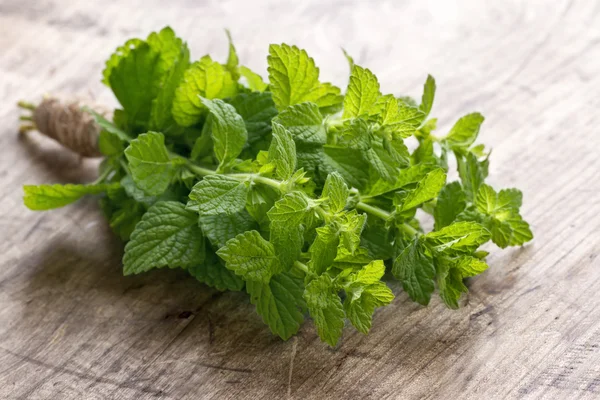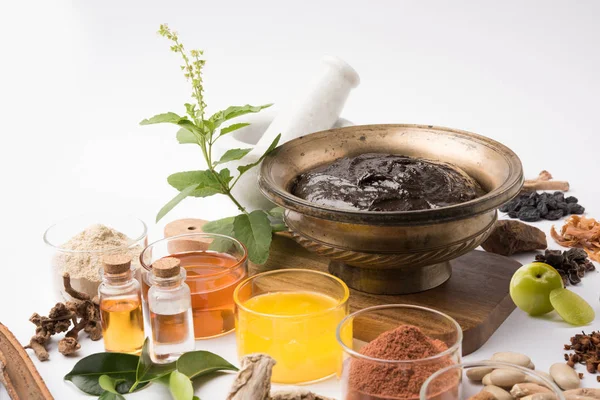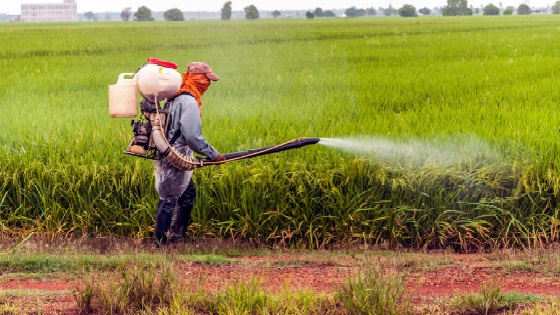Are you wondering if mint farming in Kenya is profitable?
Mint is one of the most profitable herbs grown in Kenya for sale. It belongs to the genus Mentha. They include a variety of species such as spear mint and pepper mint among others. Mint crops are known for their high demand, vigorous growth, and tendency to spread quickly. Its these advantages that make them the most suitable crop for planting in pots or gardens.
In this guide, you will learn how to grow Mint herbs in Kenya for the export and local markets. Besides, you will learn about benefits, costs and requirements for high mint yields on your farm or container garden.
- History about Mint Farming
- Why should you grow and use Mint?
- Where to Grow Mint in Kenya?
- How to start Profitable Mint Farming in Kenya
- Is mint farming profitable in Kenya?
History about Mint Farming
Mint has a rich farming history dating back for thousands of years. Its first records of cultivation and use are found in ancient Egyptians, Greek and Roman civilizations. The plant’s name is derived from Greek mythology, with story of menthe a nymph transformed into plant by Persephone.
Read Next: Which are the best Mint Varieties in Kenya?
Throughout history, Mint have been valued for its culinary, benefits and medicinal properties. Its cultivation has spread across Europe and Asia. There are many cultivars that have been adapted to various climates and soils conditions. Today its cultivated worldwide, with different species and varieties suited to your region.
Why should you grow and use Mint?
There are many benefits of farming or consistently using mint in your food and drinks. It can also benefit your farm and soil health as further detailed.
- Companion Planting: Mint is a key plant in organic and agroecology farming for pest deterrence. It produces a strong smell that can repel pests and insects such as ants, aphids, and cabbage months. Planting mint near susceptible crops can help deter these pests, reducing the need for chemical pesticides.
- Soil improvement: Mint has a deep root system that improves the soil structure by breaking up compacted soil and increasing drainage. It also enriches the soil with organic matter as it decomposes and enrich the soil enhancing its fertility.
- Natural weed control: The vigorous growth and dense foliage of mints can suppress weed growth reducing competition for nutrients and water in agricultural fields.

- Pollination: Mint flowers attract beneficial pollinators such as bees and butterflies, promoting biodiversity and enhancing pollination and benefiting honey and fruit farmers.
- Medicinal value: In addition to its culinary and aromatic qualities, mint is a major medicinal plant with many uses. It contains menthol and other compounds that have analgesic, anti- inflammatory, and digestive benefits.
- Raw Material: Mint is grown as a cash crop for its Mint extracts. It is used in production of natural (organic) pesticides or as components for making organic fertilizer.
- Livestock feed: mint foliage can be used as feed supplement for livestock providing nutrients and aiding in digestion. Its particularly beneficial for ruminants like cattle and sheep.
Where to Grow Mint in Kenya?
Wondering where to grow Mint in Kenya? it generally prefers temperate climatic conditions with moist soil and partial shade,
Some of the most suitable Mint growing areas in Kenya are Kiambu, Murang’a, and Nyeri counties in the central region. They are known for their temperate climate and fertile soils. Other counties such as Nakuru, Baringo, and Narok in the Rift Valley are also favorable for mint farming due to their cool climate and moderate rainfall. Some specific areas for Mint farming include Kitengela, Limuru, Kericho and Eldoret among others.
How to start Profitable Mint Farming in Kenya
Wondering what are the costs and requirements needed to start and run a commercial mint farm project? This guide will give you the best tips to establish your mint herbs farming most effectively.
Site selection
To get the highest mint harvests, do it in a suitable farming land with fertile soils, adequate water supply, ample sunlight exposure and good air circulation. The list below has the specific climate, weather and other ecological conditions for mint growing.
- Temperature: Mint prefers temperate climates with moderate temperatures of 15 to 30 degrees Celsius.
- Moderate rainfall, with an average of 600-1200mm annually. Mint requires consistent moisture, but dislikes waterlogged conditions. Regular irrigation during dry spells is essential.
- Sunlight: While it can tolerate full sun, partial shade is preferred, especially in hotter climates.
- Soil: Well-drained, moist soils with a pH between 6.0 and 7.0 are ideal, preferably sandy loam or loamy soils.
- Air Circulation: Good air circulation helps prevent diseases. Plant mint in areas with some airflow and proper spacing to reduce disease risks.
You can secure the land by buying some, leasing it over long period or a one-year rent agreement. The cost will vary from place to place.
Land preparation
Start by conducting a soil test to determine your soil nutrient levels and its PH or acidity. You will require this to buy right fertilizers to adjust your soil health as necessary.
prepare the land by clearing any vegetation, stones, or stumps. You will then need to plow and harrow it several times as needed. Remember to add finely decomposed compost or well rotten manure to improve your soi structure and fertility.
Mint Propagation
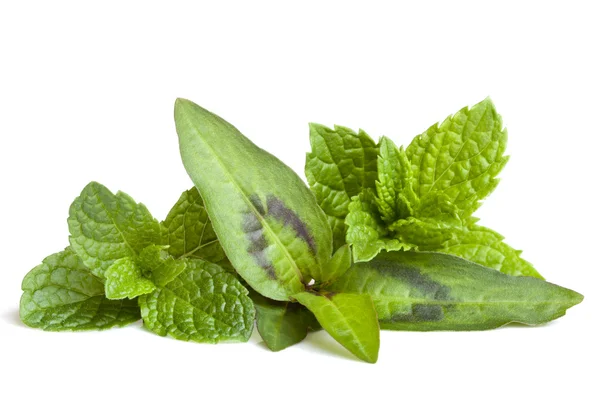
mint is typically propagated through stem or root cuttings rather than seeds. You will need to obtain healthy cuttings from free diseases plants and prepare your own nursery
- From Stem Cuttings: Choose a stem that is at least four to six inches long. Remove the leaves from the bottom part, leaving only four leaves on top. Place the cutting in water in a sunny window, changing the water every three to four days. After two weeks, when roots develop, plant the cutting in a pot with potting soil.
- From Root Cuttings: Take root cuttings that are at least six inches long. Dig a hole and plant the root cuttings directly in soil. After three to four weeks, mint will start to grow and fill up the area where it’s planted.
Read Next: Why you Need to grow and use More Mint Today!
However, the cheaper and simpler method is to buy ready mint seedlings from a reputable herbs nursery in Kenya such as Carol Herbs, Mandhari Plants and designs, Planty Kenya, Lavington Herbs or Herbs in a Pot or Soni Plants and Flowers. The price of Mint seedlings in Kenya is around KSh. 10 for one (KSh. 100 per 10 seedlings)
Planting
Plant mint cutting in the early stages of the rainy season or provide irrigation immediately after planting to ensure proper establishment. The recommended mint spacing in Kenya is 20-30 cm (18-24 inches) plants to allow for adequate growth.
If you prefer to grow mint in containers, use a pot of 13 cm diameter for 10-15 seedlings. Ensure the container has good drainage to prevent waterlogging.
Irrigation
Mint requires regular watering to maintain soil moisture levels especially during dry periods, Drip irrigation is recommended to deliver water directly to the plant roots to minimize water wastage. Water them at least twice or thrice daily when it’s dry but avoid overwatering during rainy weather.
Mulching will help to retain moisture and reduces the frequency of watering during dry periods
Weed control
You will need to keep the mint planting area free from weeds, as they can compete with mint for nutrients, water, and sunlight. Manual weeding or mulching with organic materials can help suppress weed growth.
Pest and disease management
monitor mint plants regularly for signs of pest and diseases such as aphids, spider mites, and mint flea Beatles, as well as diseases like powdery mildew and rust. Employ integrated pest management (IPM) techniques and use organic pesticides when necessary to control infestations.
Harvesting
Mint leaves can be harvested once the plants reach a suitable height typically 60-90 days from planting. Harvesting in the morning when the essential content is highest. cut the stems just above the leave nodes to encourage bushier growth. The younger leaves have better taste and flavor. Since Mint herbs can grow rapidly consider periodical pruning. Regularly prune mint to encourage growth and prevent it from becoming invasive
Post- harvest handling
You will need to handle the fragile harvested mint leaves with care to prevent bruising and damage. Pack the leaves in clean dry containers and store them in a cool well-ventilated area or refrigerate to maintain freshness. Mint leaves can also be dried or frozen for future use.
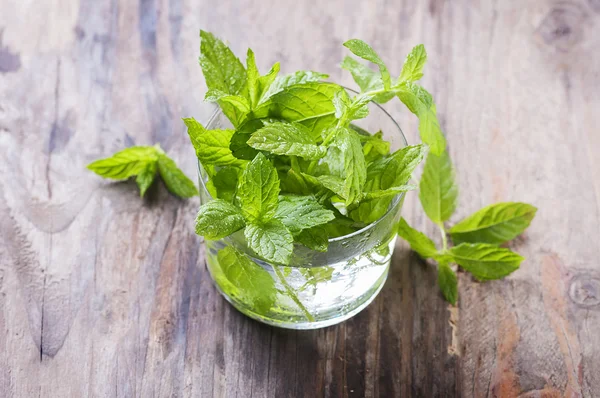
Marketing
There is a growing demand for Herbs in the local market. Start by exploring the supermarkets restaurants and herbal medicine producers as potential buyers for fresh mint leaves. Consider value added products such as dried mint leaves, mint oil or mint tea bags to diversify your market options and increase profitability.
With economies of scale, additional investment or forming farmer groups and cooperatives you can focus on exporting mint from Kenya.
Is mint farming profitable in Kenya?
Mint farming can be profitable in Kenya, depending on various factors c such a market demand, location cultivation practices, and management. Mint is used in various industries including and beverage, pharmaceuticals, and cosmetics which can create market opportunities for farmers.
In Kenya, mint farming can benefit from the country’s favorable conditions in certain regions and the availability of suitable land for cultivation. Additionally, there may be local and export markets for mint products, offering farmers opportunities to generate income. However, like any other agriculture venture. Mint farming also comes with its challenges, such as pest and disease management, access to quality planting material, and market fluctuations. Therefore. It’s essential for farmers to conduct thorough research, assess market demand, and adopt best agricultural practices to maximize returns.
